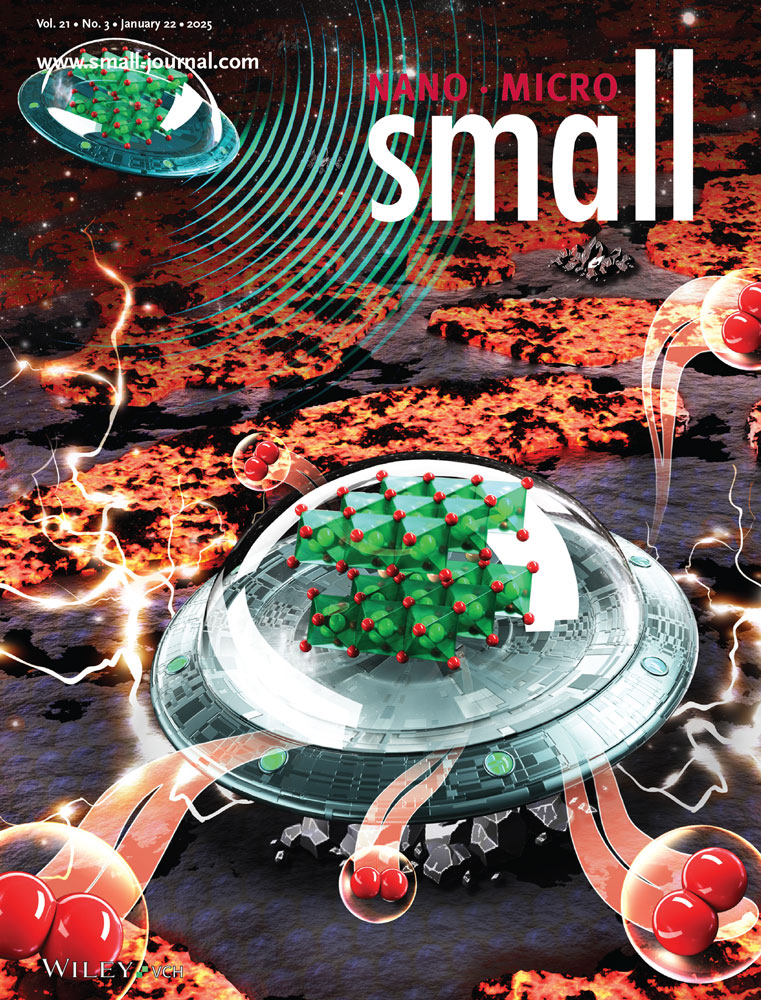Mitigating Zinc Dendrite Formation and Parasitic Side Reactions in Aqueous Zn-Ion Batteries Via Laser-Assisted Carbonization of Cu-PANI Films on Zn Anodes
Abstract
Aqueous zinc-ion batteries (ZIBs) are gaining attraction for large-scale energy storage systems due to their high safety, significant capacity, cost-effectiveness, and environmental friendliness. On the other hand, the development of aqueous ZIBs is restricted by the limited practical application of zinc (Zn) because of the high reactivity of Zn in aqueous electrolytes, which results in the severe dendrite growth and parasitic side reactions such as hydrogen evolution reaction (HER). In this study, heteroatom-doped carbon porous surface modification by laser-assisted carbonization of copper (Cu) doped polyaniline (PANI) is designed and fabricated on top of the Zn metal anode (c-Cu-PANI/Zn). The c-Cu-PANI surface-modified Zn anodes exhibit high electrochemical stability and performance during the Zn plating-stripping cycles and suppress the dendrite formation. The symmetrical cell and half-cell with the c-Cu-PANI/Zn anodes exhibit stable cycles for 6000 h and 100% Coulombic efficiency for 2500 cycles, respectively. Moreover, the c-Cu-PANI/Zn║V2O5 cell delivers a high specific capacity of 319 mAh g−1 at 0.2 A g−1, which is significantly higher than that of the bare Zn║V2O5 cell (240 mAh g−1). It is believed that applying c-Cu-PANI as a surface modification can enhance the stability and reversibility of the Zn anodes, therefore accelerating the commercialization of ZIBs.
Conflict of Interest
The authors declare no conflict of interest.
Open Research
Data Availability Statement
The data that support the findings of this study are available from the corresponding author upon reasonable request.




